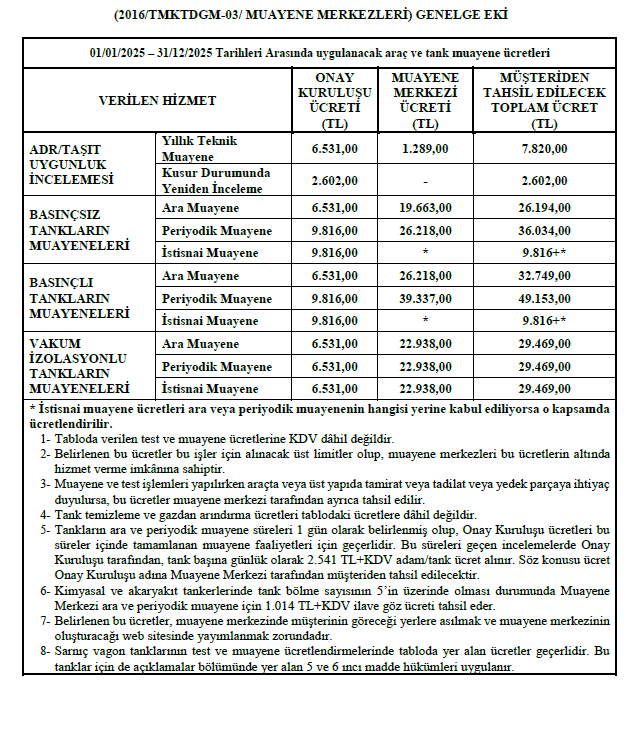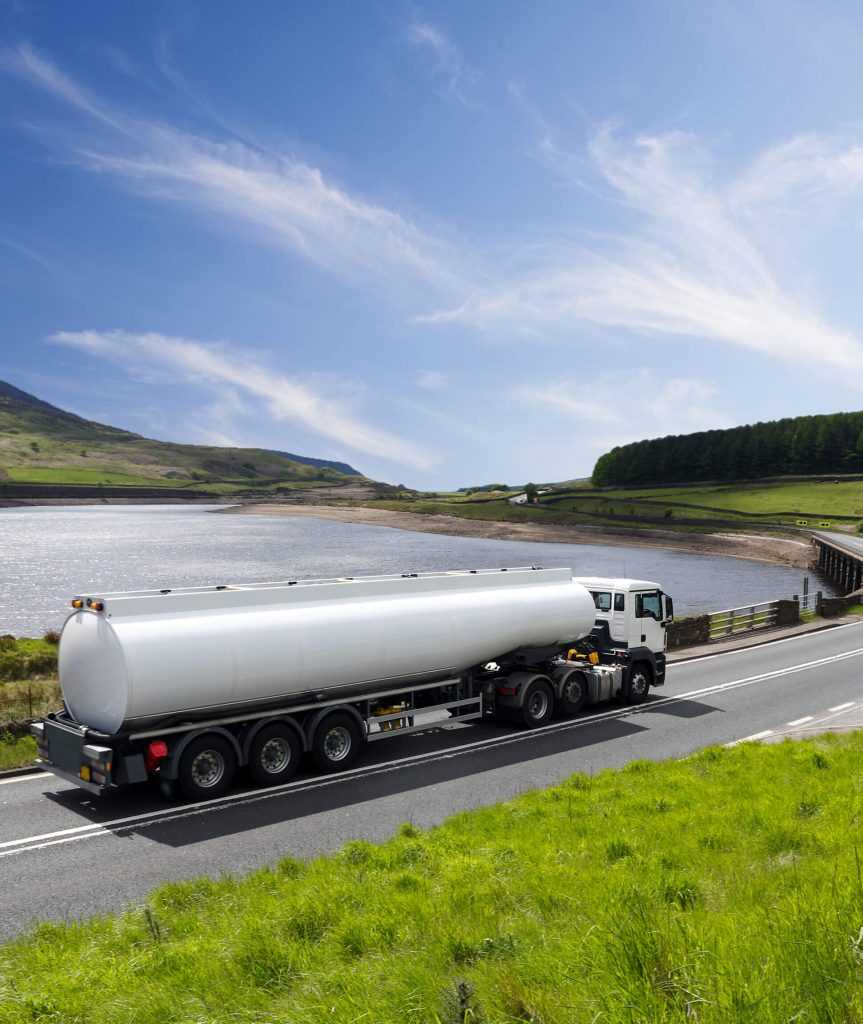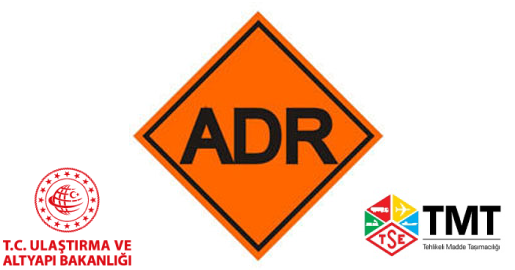TDM - ADR Certification Services
In order to transport dangerous goods by road, vehicles and tanks carrying hazardous materials must comply with the ADR (European Agreement concerning the International Carriage of Dangerous Goods by Road) regulations. ADR inspections can only be conducted at inspection centers authorized by the Ministry of Transport and Infrastructure.
ADR certification services are divided into two categories: vehicle and tank certification.
ADR Vehicle Inspection:
Vehicle Inspection (T9)The ADR Conformity Certificate issued after an annual inspection of the vehicle. .
ADR Tank Inspection:
An Intermediate Inspection every 3 years,Conducted every three years for tanks.
-Conducted every six years for tanks.
,Required after repairs, modifications that necessitate project revision, or damage resulting from an accident.
ADR Conformity Certificate (T9 Certificate)
What is the T9 Certificate (ADR Conformity Certificate for Vehicles Carrying Dangerous Goods)? How does the inspection and certification process work?
The T9 Certificate is a document proving that a vehicle carrying dangerous goods, along with its tank, meets the requirements of "ADR Chapter 9". According to ADR regulations, the T9 Certificate can only be issued by an authorized institution in the country where the vehicle is registered (in Turkey, as of January 2014, the authorized institution is TSE).
"ADR Chapter 9" inspections cover the vehicle’s chassis, brake systems, electrical systems, tanks, and mechanical connections for compliance with regulations.
The ADR Conformity Certificate is issued in the name of the operator.
The validity of the certificate is one year, and it must be renewed annually through inspections conducted by TSE. For the T9 Certificate to be granted, both vehicle and tank inspections must be up-to-date. If the tank’s intermediate inspection date has passed, a periodic inspection must be conducted.
Tank Inspection
Tanks of vehicles transporting dangerous goods must undergo: An Intermediate Inspection every 3 years, - - If the tank undergoes repairs, modifications requiring project revisions, or damage due to an accident, an , Exceptional Inspection must be conducted.
If the intermediate inspection date is overdue, a periodic inspection is required.
Documents Required for ADR Conformity (T9), Intermediate Inspection, and Periodic Inspection:
- Tank Registration* / Tank's π Certificate / ADR Certificate
- Tank Cleaning Certificate (Gas-Free Certificate)
- Tractor Unit’s ADR Certificate
- Vehicle Registration Document (Traffic License)
- Company Signature Circular
- Chassis Manufacturer’s Declaration of Conformity (ECE R105)
- Tank Registration Contents :
- Copy of the design approval certificate
- Technical drawings of the tank under inspection
- Initial Inspection Certificate / Initial Tank Inspection Documents / Previous inspection certificates (If this is the first periodic/intermediate inspection, initial inspection documents are required. If periodic/intermediate inspections have been done before, previous certificates and test reports are required.)
- Copy of Tank Plate
- List and certificates of equipment used and repairable on the tank
- In case of post-repair inspections, a certified modification report from an approved modification company is required.
For inspections conducted after modifications, a modification report from an approved modification organization is required.
What are the characteristics of vehicles certified with a T9 Certificate (Approval Certificate for Vehicles Transporting Dangerous Goods)?
It is a vehicle specifically manufactured for transporting dangerous goods and approved by the competent authority.
A T9 Certified Vehicle is manufactured in accordance with the type of dangerous goods it is intended to transport and is equipped with special designs, materials, and components. The tank superstructure, or the chassis/truck carrying the tank superstructure, as well as the tractor unit to be coupled with an ADR-certified tanker semi-trailer, must obtain Type Approval in accordance with ADR regulations.
What are the ECE R105 Regulation and 98/91/EC Directive? Why are they necessary?
The ECE R105 Regulation and the 98/91/EC Directive define the approval requirements for vehicles designed to transport dangerous goods, specifically addressing the compliance of braking systems, electrical installations, mechanical connections, and materials used.
Vehicles designed for the transportation of dangerous goods must have a Type Approval according to ECE R105 or 98/91/EC regulations. If the tank’s test pressure is below 4 bar, the vehicle and chassis must comply with ECE R111 Regulation.








